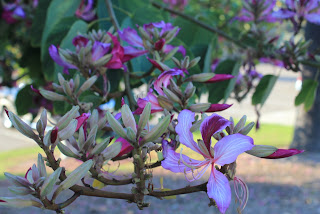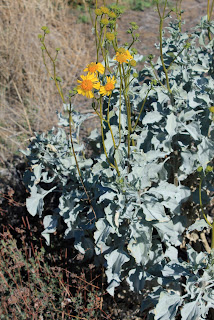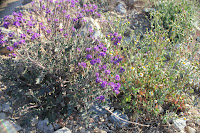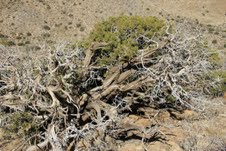After reading the '100 Mile Diet' over the course of a few days, I don't really know what to say or comment on it. The idea seems brilliant or even novel by today's standards, but from my point of opinion and understanding why should eating locally be such an out there idea. Admittedly, I get my groceries in Superstore or Save On like most people, but there is a large component of my everyday diet that comes from my yard - either here in Kamloops or from the yard in Lillooet - or from the forests that tower our surrounding areas.
Yearly, bush upon bush of raspberries are patiently picked clean, eaten fresh or frozen for the winter season. Apricots and grapes for wine or jelly - it's a fun time seeing how both are made. Tomatoes galore to preserve for sauces or soup preparations. There's always pickles for pickling. Plums for drying, and, oddly enough also pickling. We've got cherry trees, apple trees, a pear tree, and strawberries - all good for jams or to freeze to have for milkshakes in the winter. There's broccoli, peppers, potatoes, corn, beans, peas, chives, onions, garlic, currants, gooseberries, sunflowers and even Siberian ginseng - though I still can't figure out what to do with that. For herbs there's dill, sage, basil, and mint - all of which grow like crazy. Combining the two yards makes a veritable harvest, and it really puts you in your place to see what a small patch of earth can give. From the forest we get blackberries, raspberries, morels, edible boletus (sorry I only know mushroom names in Polish!), blueberries of two varieties grow in the forest surrounding the Joffrey Glacier (Highway 99 between Lillooet and Pemberton), and nuts (I can't remember which kind) can be found on the sandy shores of Shushwap Lake.

The mushroom I'm holding had a diameter twice that of a soccer ball! Unfortunately it was infested beyond salvage.
Hunting season, though I've never gone myself, always hails with uncountable grouse - those things pretty much ask to get shot by just standing by the road - every-so-often there's a deer, there's the occasional bear every few years, and there's always local fish, like salmon.
So no, I may not an 'of the land' person as the authors of the '100 Mile Diet' would say, and I may not - scratch that, definitely do not - know all the latin names, or even some of the specific common names of all that I eat; but I do pride myself on the fact that I took the initiative to always help my mother in the garden to see how things grow, and now tend to some plants myself. Overall, the book did not impact me as such, it didn't make me think that "Oh my god, I eat terribly", but rather it helped me remember all of the plants (and animals) that indeed I get by my own hand and not the hands of strangers from who knows where.
To go off onto a bit of a rant, reading the book I was really frustrated with the fact that they didn't figure out how to get salt until after their official year of dieting ended. I mean, really, you live in Vancouver - there's a big freaking ocean essentially right on your doorstep (oh, this is a bad pun for anyone living on the Delta).
One thing that I truly enjoyed in this book was the account of the authors' bear encounter - it made me remember all of my bear encounters - reading about it is fun, thinking back on it now is funny, but when it actually happened was the scariest thing ever (scarier even than when I jumped of a bridge this summer in Switzerland). Imagine camping in the woods, the camp ground essentially deserted, and deciding to sleep in the car (which is parked 200 meters away from your campsite) because you know there's a bear in the region. You blow out you lamp before realizing that hey, you don't have a flashlight, and you start walking with your dog to the car. There's a noise coming from the bushes ahead, and the dog growls - growling should mean squirrels as he's too big of a pansy to growl at a bear. suddenly you hear loud breathing and can just make out a large silhouette sitting less than a meter away from where you are walking. This is when the dog runs - like a rocket - in the other direction, and the silhouette begins to lumber towards you with a soft growl. Yelling (or screaming like a girl - I can't remember, and there wasn't anyone there to hear it) was actually enough to startle the bear enough for him to run away, and I ran to get my dog who had run up to a cabin porch on the far edge of the camp ground. The next morning I found prints all over the beach, and judging by them that bear must have been huge - and I'm glad I didn't actually see him all that well.
Bear prints
Our forests - where we can find so much
















































